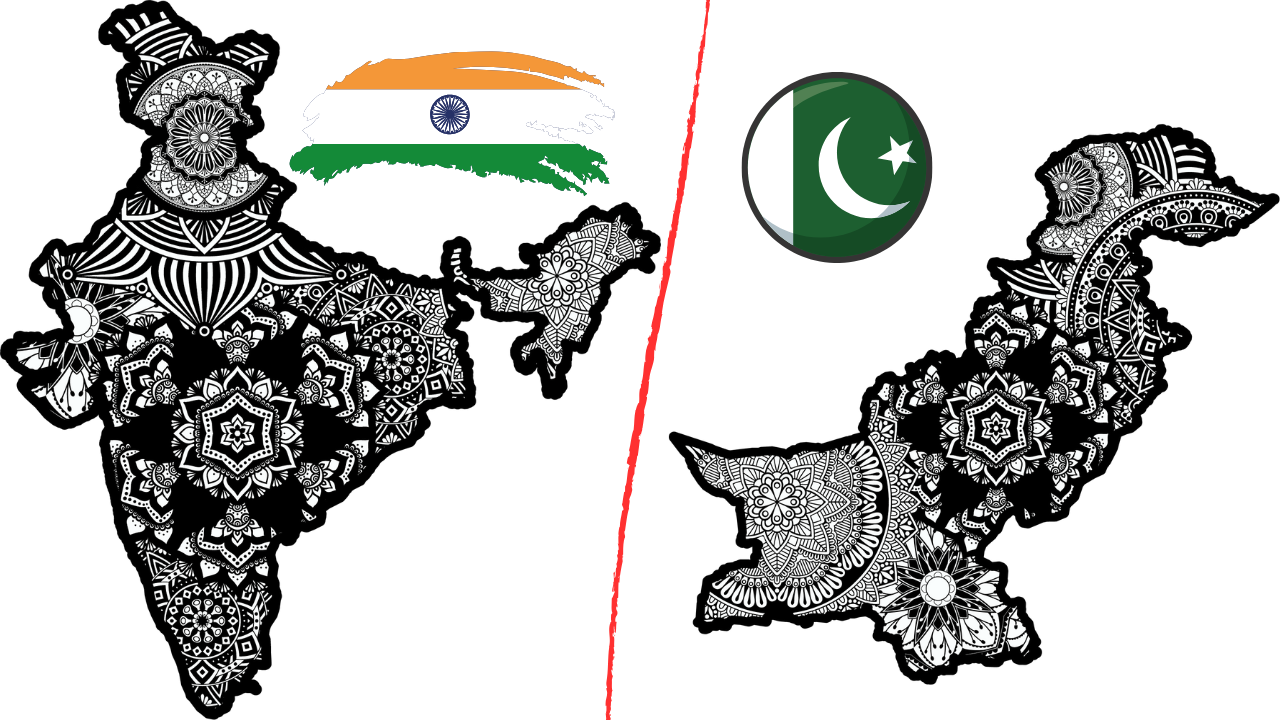India vs. Pakistan Defense Systems: A Detailed Comparison
1. Introduction: A Legacy of Rivalry
India vs Pakistan Defense System Comparison, neighbors born from the partition of British India in 1947, share a history of conflict over territory, ideology, and security. Their defense systems reflect decades of military buildup, nuclear proliferation, and strategic alliances. This blog breaks down their military capabilities, recent tensions, and the risks of escalation in 2025.
2. Military Personnel and Budgets – India vs Pakistan Defense System Comparison
India’s Strength
- Active Personnel: 1.46 million (4th largest globally).
- Defense Budget: $86 billion (2024), nearly 9x Pakistan’s spending.
- Challenges: Only 22% of India’s budget goes to modern weapons; the rest covers salaries and pensions.
Pakistan’s Strategy
- Active Personnel: 654,000, supported by 500,000 paramilitary forces.
- Defense Budget: $10.2 billion (2024), but allocates 14% of government revenue to military vs. India’s 8%.
- Dependency: Relies on China for 81% of arms imports.
Key Takeaway: India’s larger budget and workforce give it an edge, but Pakistan compensates with strategic partnerships and focused spending.
3. Land Forces: Tanks and Armored Vehicles – India vs Pakistan Defense System Comparison
India’s Dominance
- Tanks: 4,200+ (T-90 Bhishma, Arjun) 48.
- Armored Vehicles: 148,594, tripling Pakistan’s fleet.
Checkout this: Google Pixel 9 (Obsidian, 256 GB) (12 GB RAM)
Pakistan’s Counter
- Tanks: 2,627, including Chinese-made Type 85 and Al-Khalid.
- Geography Advantage: Mountainous terrain in Kashmir favors defensive operations.
Recent Clashes: In May 2025, both sides exchanged missile strikes on military bases like Pathankot (India) and Nur Khan (Pakistan).
4. Air Power: Jets and Drones – India vs Pakistan Defense System Comparison
India’s Fleet
- Aircraft: 2,229, including Rafale, Su-30MKI, and Tejas fighters.
- Helicopters: 899 vs. Pakistan’s 373.
Pakistan’s Response
- Aircraft: 1,399, featuring JF-17 Thunder (jointly developed with China) and F-16s.
- Training: More trainer aircraft (565) than India (351).
2025 Escalation: Pakistan claimed to shoot down 5 Indian jets; India denied losses 9. Drones and missiles were widely used, signaling a shift toward asymmetric warfare.
5. Naval Capabilities – India vs Pakistan Defense System Comparison
India’s Blue-Water Navy
- Fleet: 293 ships, including 2 aircraft carriers (INS Vikramaditya, INS Vikrant) and 18 submarines.
- Strategic Reach: Patrols the Indian Ocean and counters Chinese influence.
Pakistan’s Coastal Defense
- Fleet: 121 ships, 8 submarines (no aircraft carriers).
- Focus: Securing the Arabian Sea and Gwadar Port (built with China).
Recent Strikes: India targeted Karachi’s naval facilities in May 2025, while Pakistan struck Suratgarh airfield.
6. Nuclear Arsenals: The Ultimate Deterrent – India vs Pakistan Defense System Comparison
- India: 180 warheads, Agni-V missiles (5,200 km range), and a “no first use” policy.
- Pakistan: 170 warheads, Shaheen-III missiles (2,750 km range), and no such policy.
Risk Factors: Pakistan’s smaller arsenal and lack of a no-first-use doctrine raise fears of rapid escalation.
7. Recent Conflicts: 2025 Flashpoints – India vs Pakistan Defense System Comparison
- Pahalgam Attack: A tourist massacre in Kashmir (April 2025) triggered India’s “Operation Sindoor,” striking terror camps in Pakistan.
- Missile Exchanges: Both nations targeted airbases and infrastructure in May 2025, killing civilians on both sides.
- Diplomatic Fallout: Expulsion of diplomats, airspace closures, and Indus Water Treaty suspensions.
Human Cost: Over 50 deaths reported, with civilians fleeing border areas 26.
8. Challenges and Limitations – India vs Pakistan Defense System Comparison
India’s Weaknesses
- Underfunded Modernization: Aging equipment and delays in projects like Tejas jets.
- Two-Front Threat: Balancing Pakistan and China.
Pakistan’s Struggles
- Economic Crisis: High debt limits military spending.
- Over-Reliance on China: Risks geopolitical entanglement.
9. International Reactions – India vs Pakistan Defense System Comparison
- U.S. Mediation: Secretary of State Marco Rubio urged de-escalation.
- G7 Concerns: Called for restraint amid nuclear risks.
- China’s Role: Backed Pakistan but avoided direct involvement.
10. Conclusion: A Precarious Balance
India’s conventional military superiority is undeniable, but Pakistan’s tactical alliances, nuclear stance, and asymmetric tactics level the playing field. The May 2025 clashes underscore how quickly tensions could spiral into catastrophe. While both nations hint at de-escalation 5, long-term peace requires dialogue, economic cooperation, and confidence-building measures.

